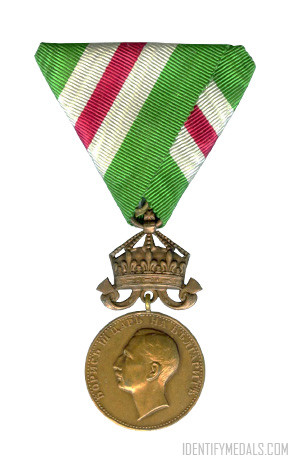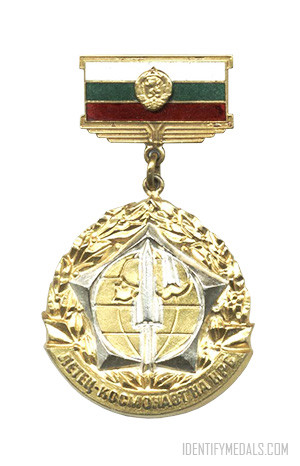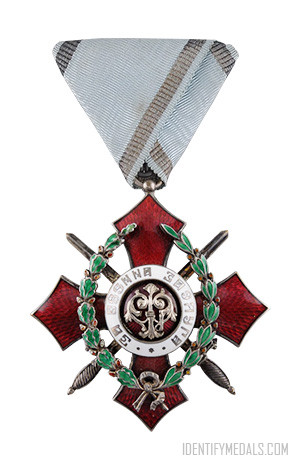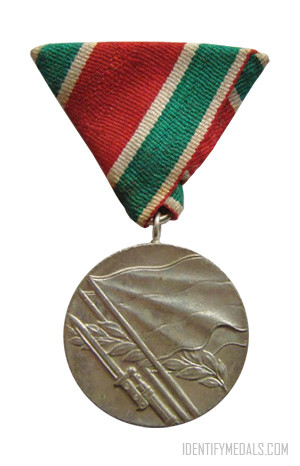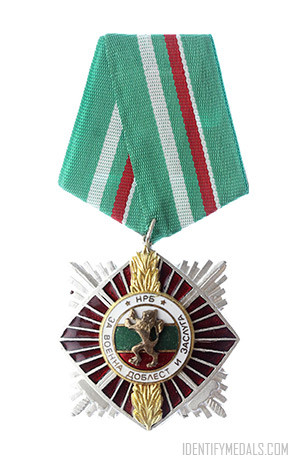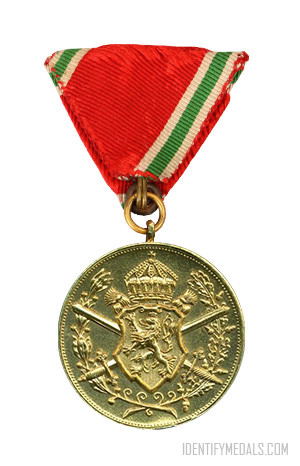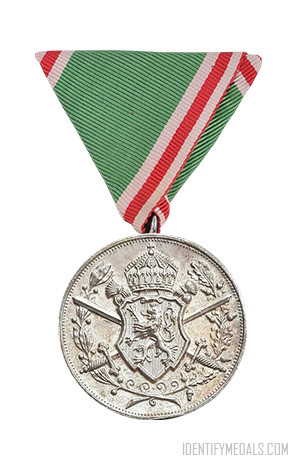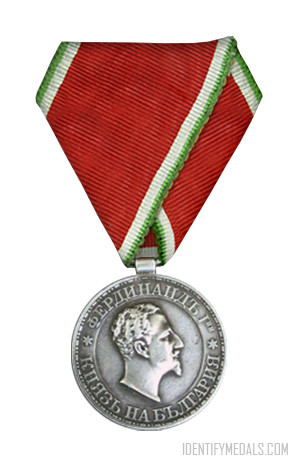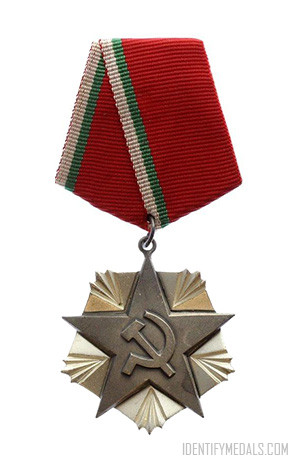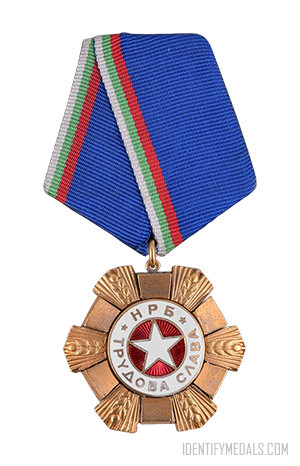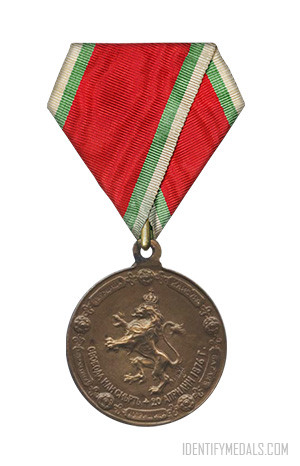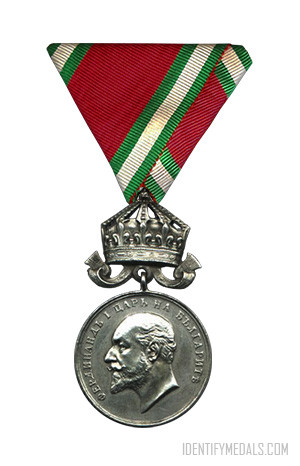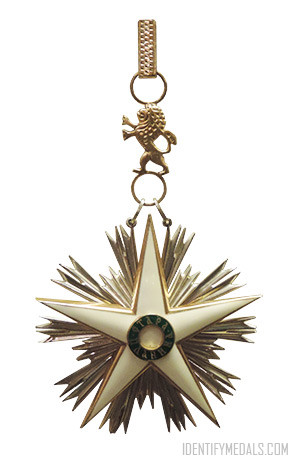The Life-Saving Medal is a Bulgarian medal awarded to all Bulgarians for the rescue of people from natural (or other) disasters. There are 2 variations of this award: A Ferdinand I version and a version of his son, Boris III, who became king in late 1918.
This was one of the first decorations to be established after the declared Bulgarian independence in September 1908. It has three classes: gold, silver, and bronze.
The Life-Saving Medal Design
The medal is circular and measures 29 millimeters in diameter. It was initially engraved by designed by Paul Telge and produced in Germany. The golden medals were minted either of yellowing metal alloy or of gilt silver. The silver class was made of solid silver, and the bronze medals of bronze or bronze-colored metal alloy.
The obverse bears the effigy of King Ferdinand I or King Boris III circumscribed by the titles “ФЕРДИНАНДЪ I ЦАРЬ НА БЪЛГАРИТѢ” (“Ferdinand I Tsar (King) of the Bulgarians“) or “БОРИСЪ III ЦАРЬ НА БЪЛГАРИТѢ” (“Boris III Tsar (King) of the Bulgarians“).
The reverse bears a circular laurel wreath with the motto “ЗА СПАСЯВАНЕ ПОГИБАЮЩИ” (“For saving dying ones“) inscribed on three lines.
The ribbon is green, with small white stripes and one crimson stripe running through the middle.

